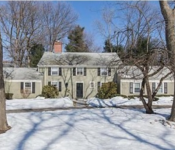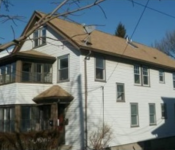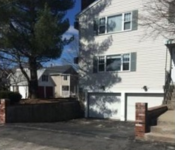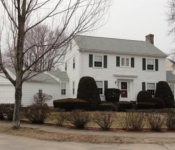Bands, marchers and veterans will all take part in the 2014 edition of Belmont’s Memorial Day parade and ceremony beginning at 11 a.m., Monday, May 26, on Trapelo Road adjacent to the municipal parking lot and Starbucks in Cushing Square.
Lining the route – up Trapelo Road before making a left at Grove Street and continuing to the Belmont Cemetery – will be families and residents cheering on the participants.
At the cemetery, speeches will be read, the names of Belmont citizens who died for this country will be honored, “Taps” played and a final salute will be given.
Veterans and current military personnel are invited and welcome to join the other vets at the head of the parade.





